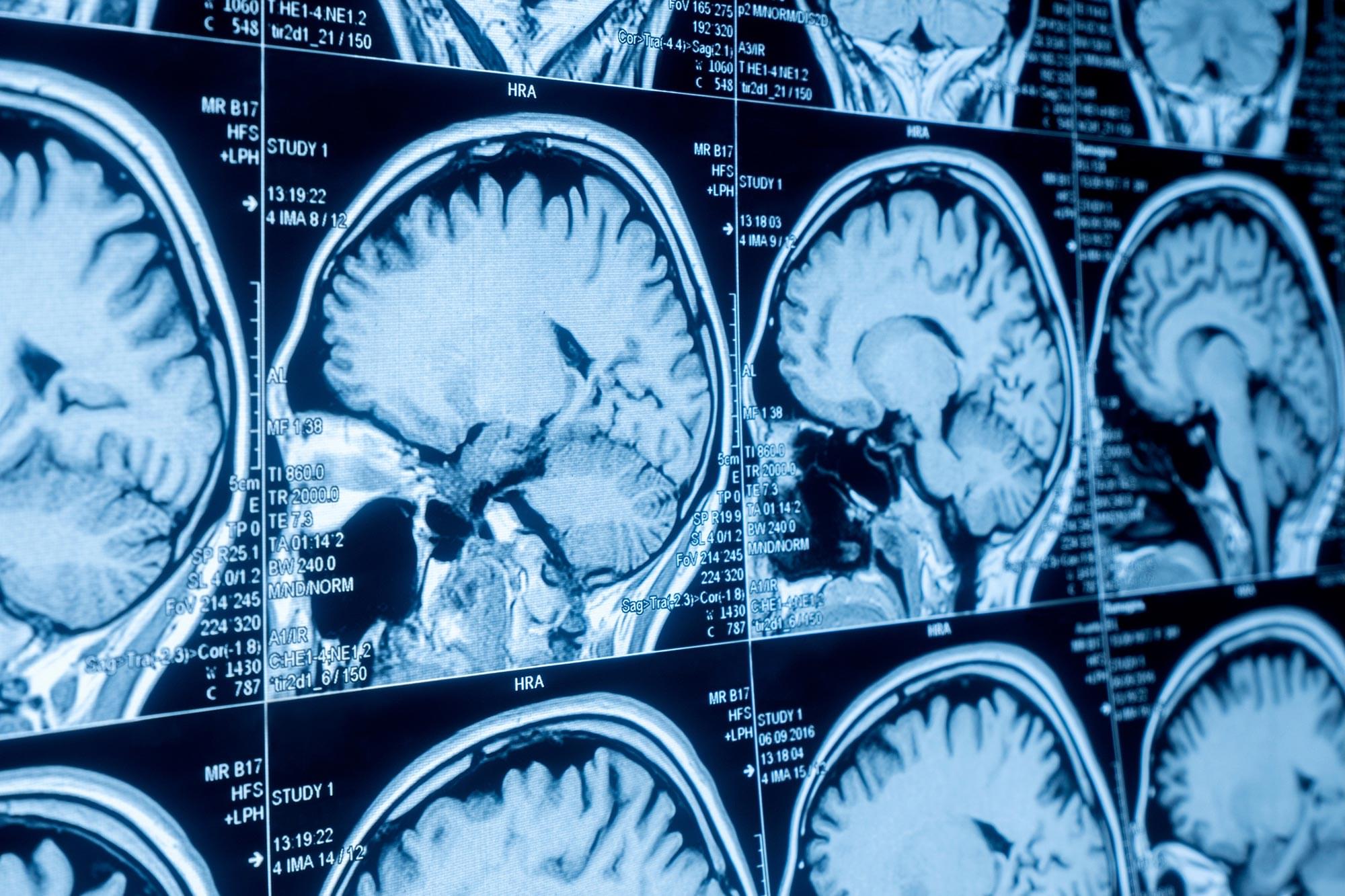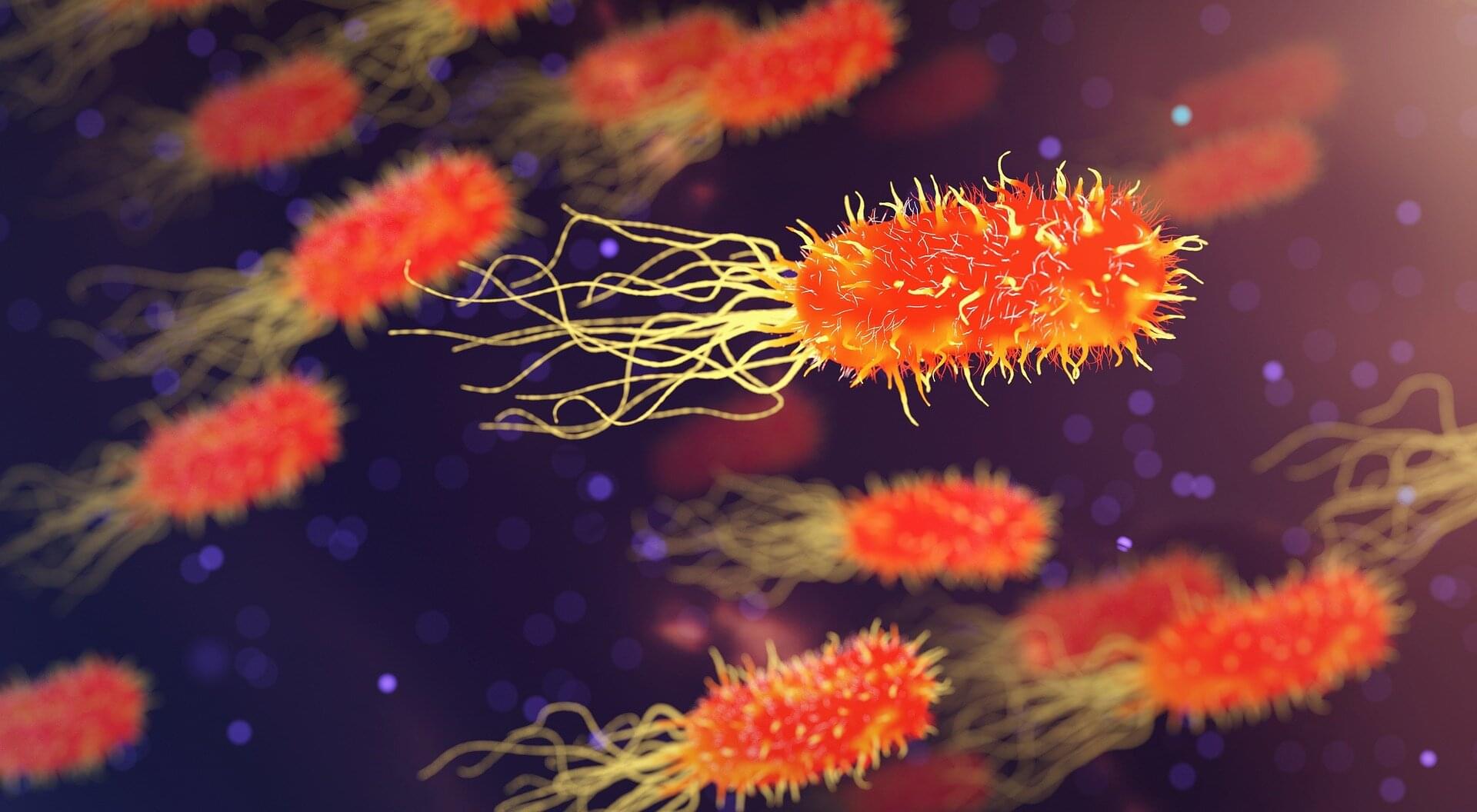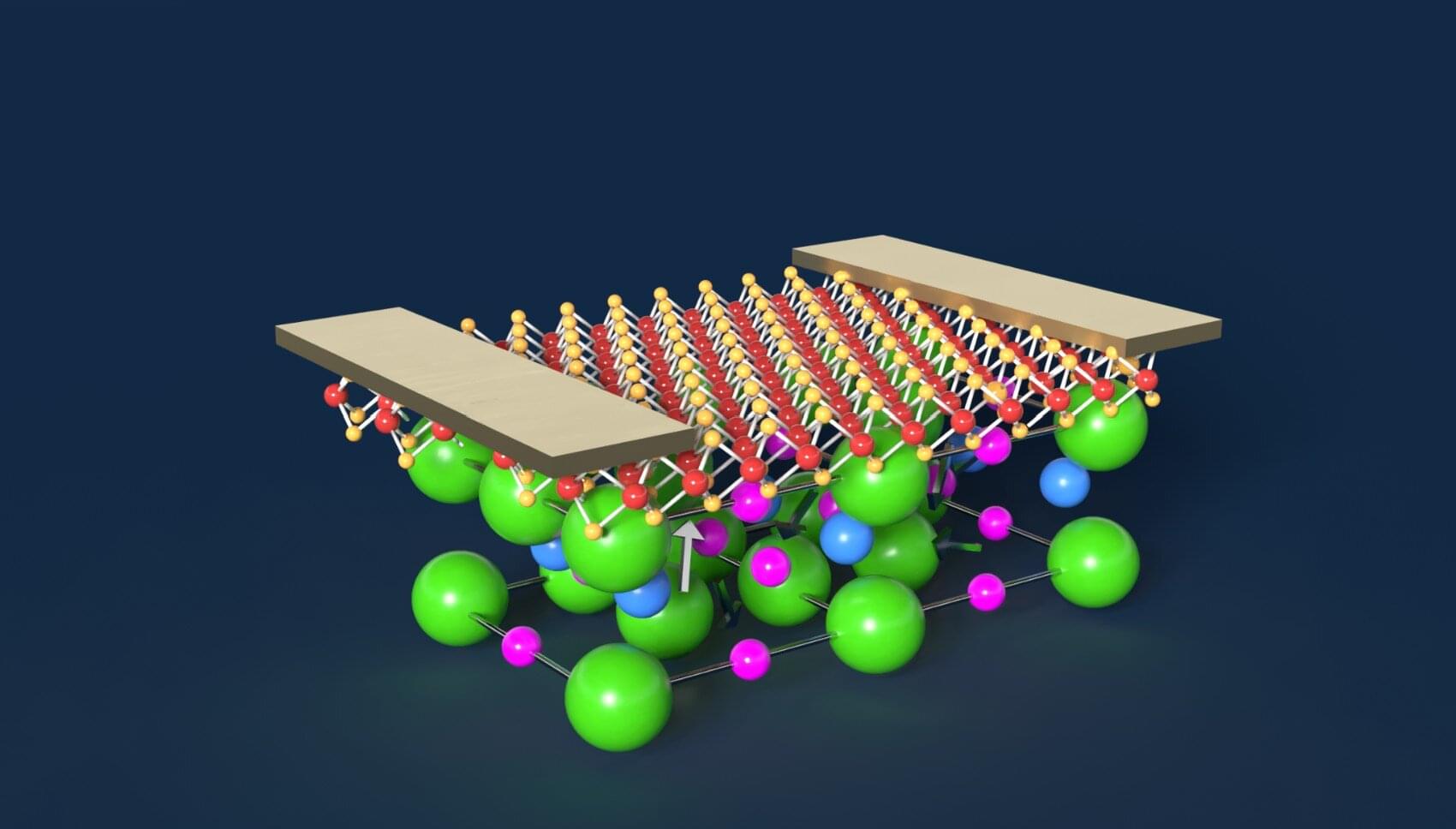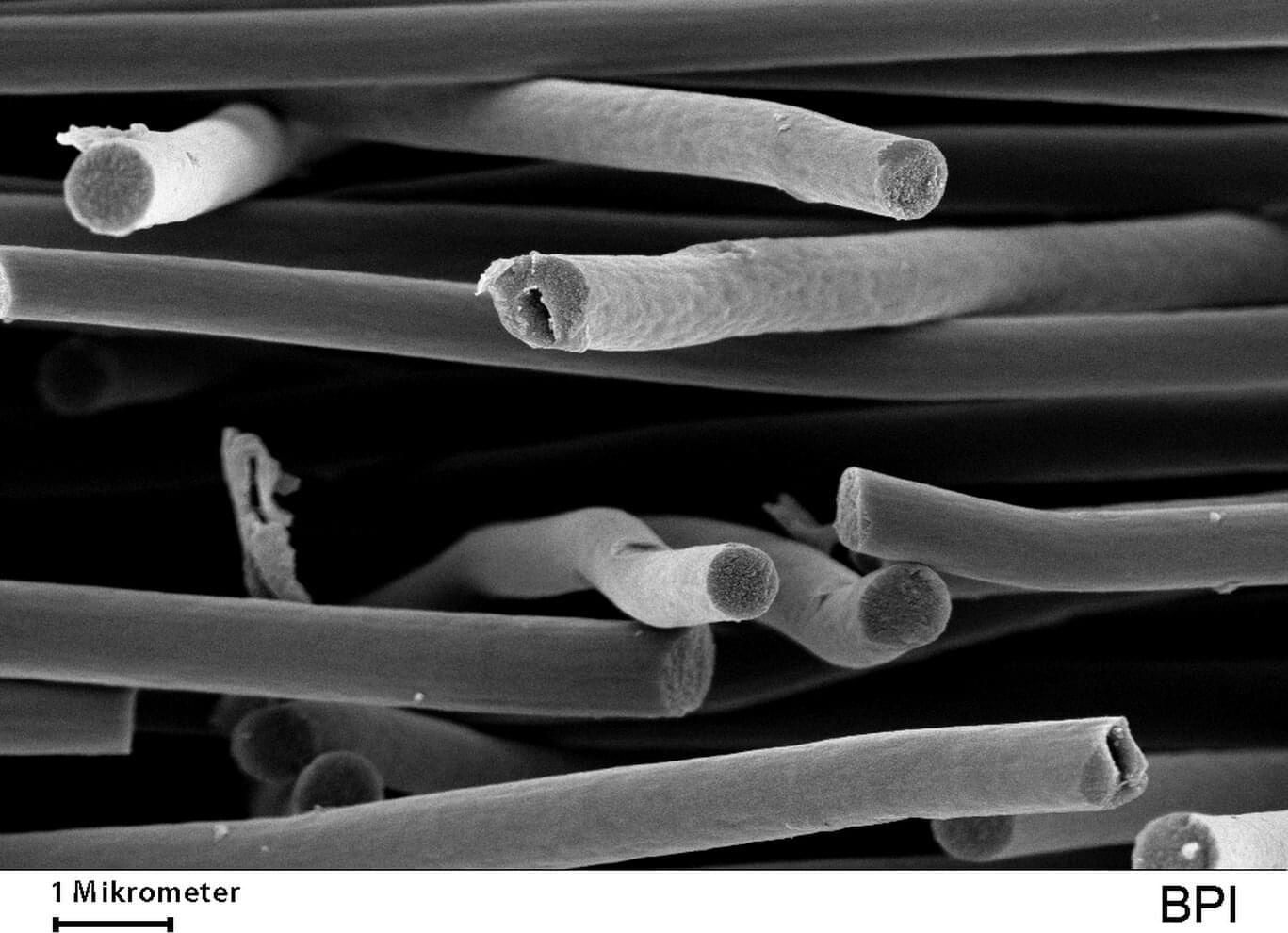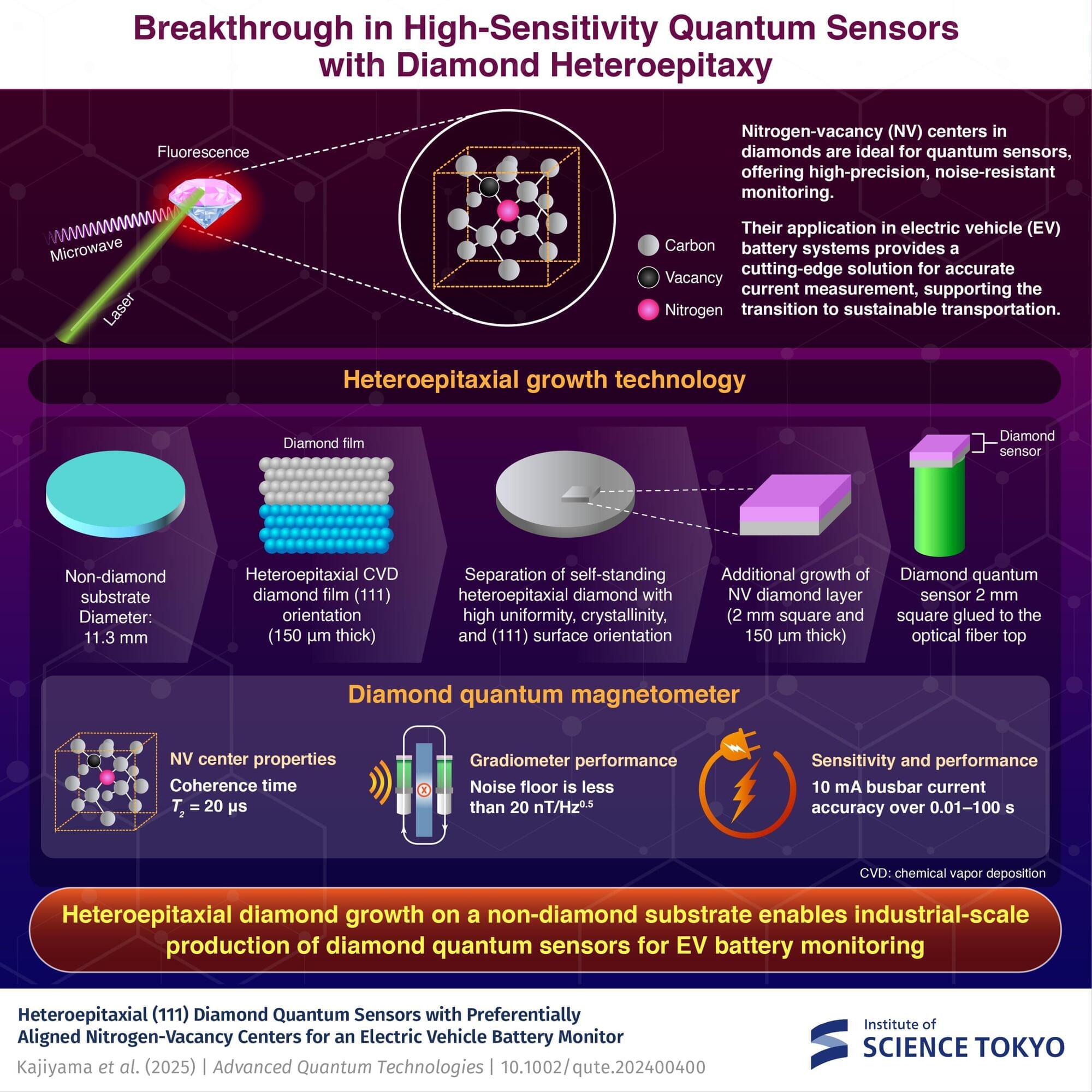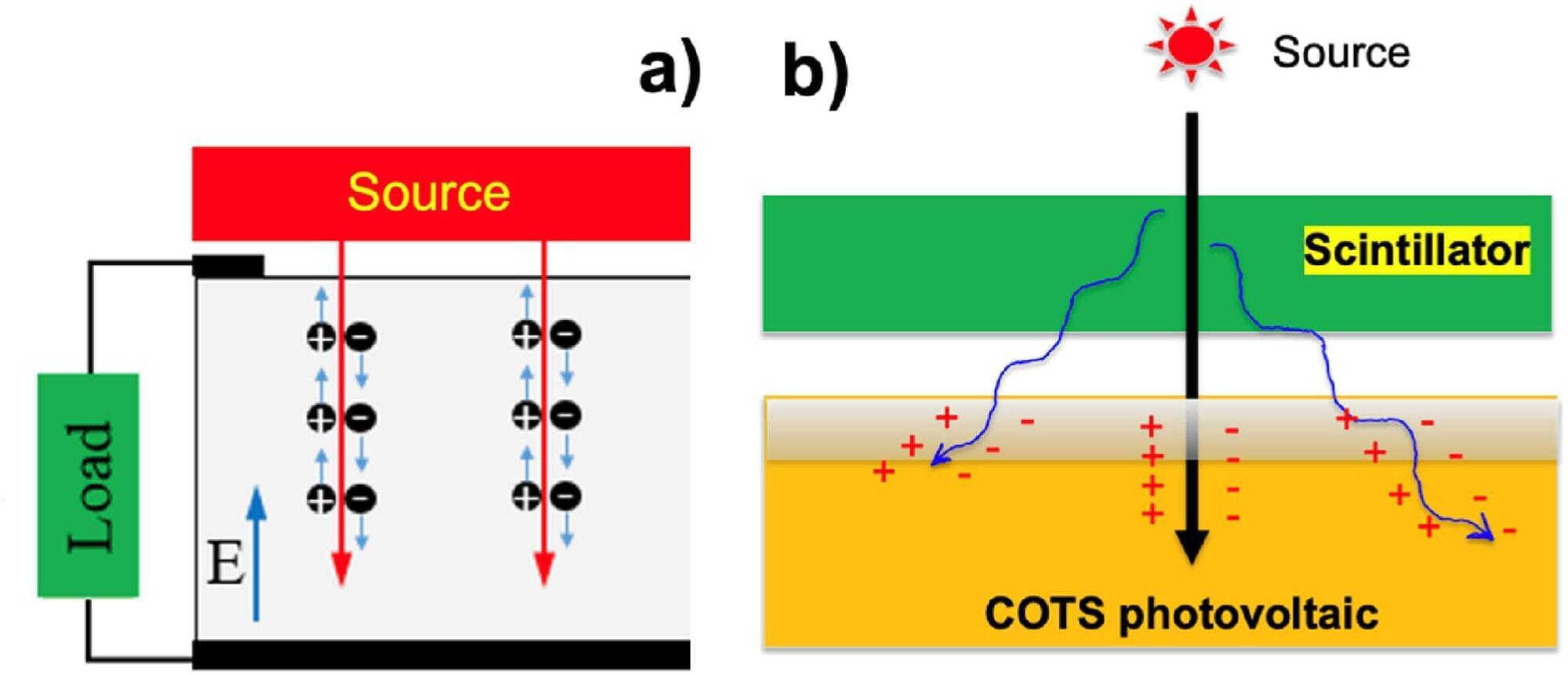The year one hundred two thousand twenty-three. A giant meteorite the size of Pluto is approaching the Solar System. It flies straight to Earth. But as the meteorite crosses Saturn’s orbit, a swarm of miner probes approaches it. The scan revealed no minerals on the object, so the searches returned with nothing.
Meanwhile, the Space Security Center in Alaska military personnel are setting up a laser. The Solar System witnesses a sudden flare and nothing remains of the dwarf-sized meteorite. Now, unless hydrogen miners on Jupiter post videos of another annihilation on social media… This is what the world will look like when humanity finally becomes a Type Two civilization on the Kardashev scale. We’ll have almost infinite energy reserves, the ability to prepare for interstellar flights, or to instantly destroy any threat. But will humanity really be safe? And what can ruin a Type Two civilization?
#eldddir_space #eldddir_earth #eldddir_homo #eldddir_animals.
#eldddir_disaster #eldddir_ocean #eldddir_bombs #eldddir_future #eldddir_tech #eldddir_jupiter #eldddir_mars #eldddir_spacex #eldddir_rockets

